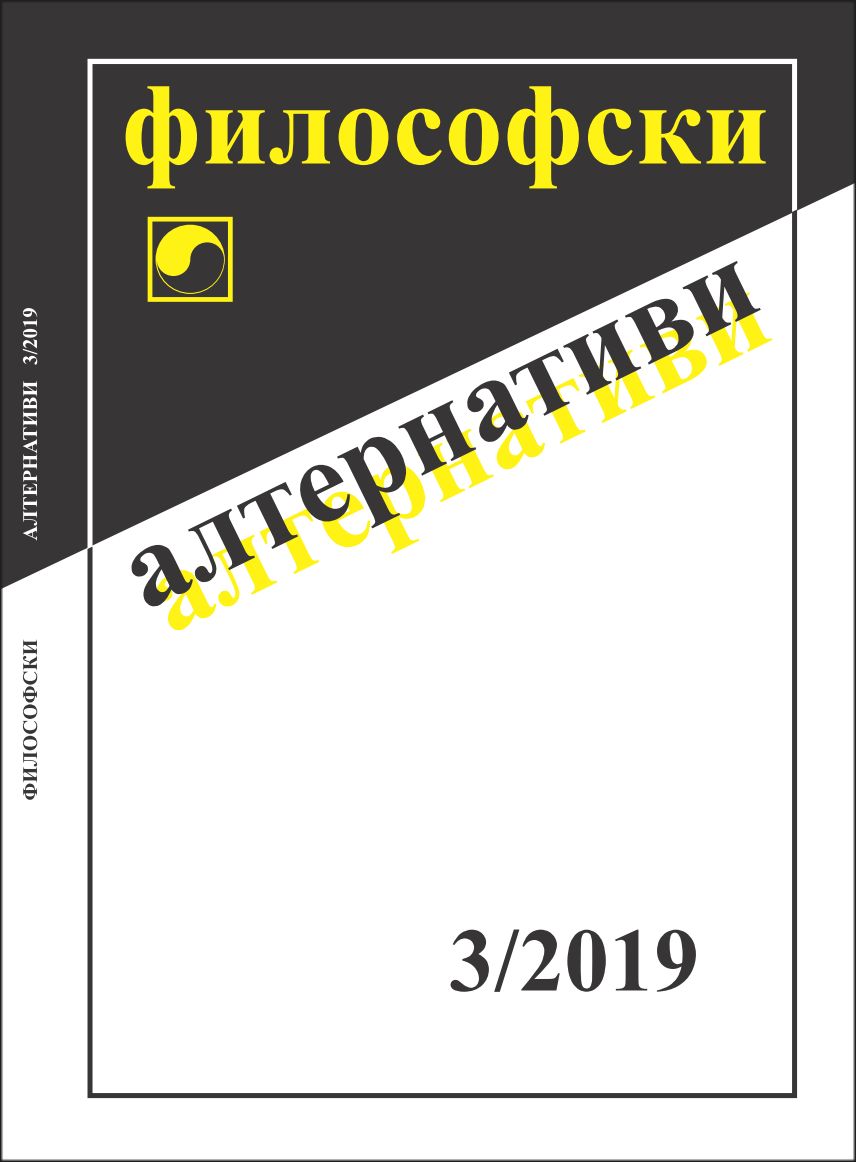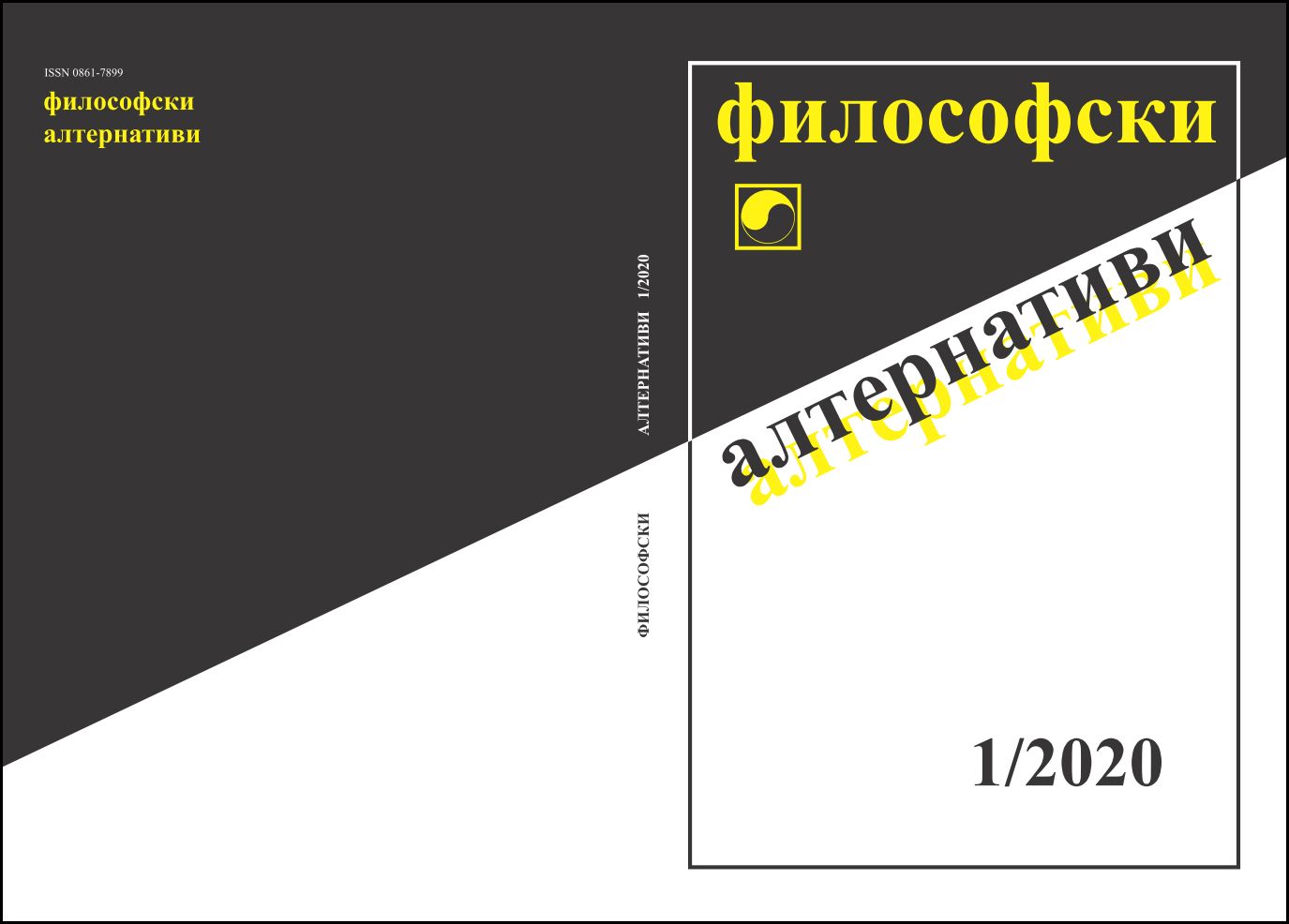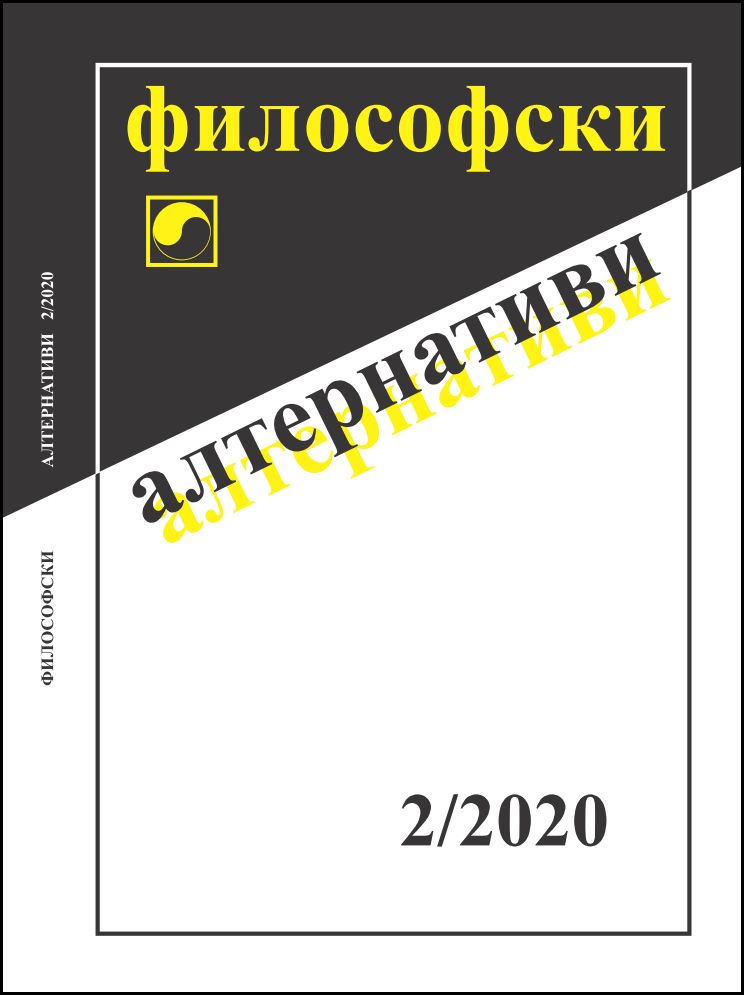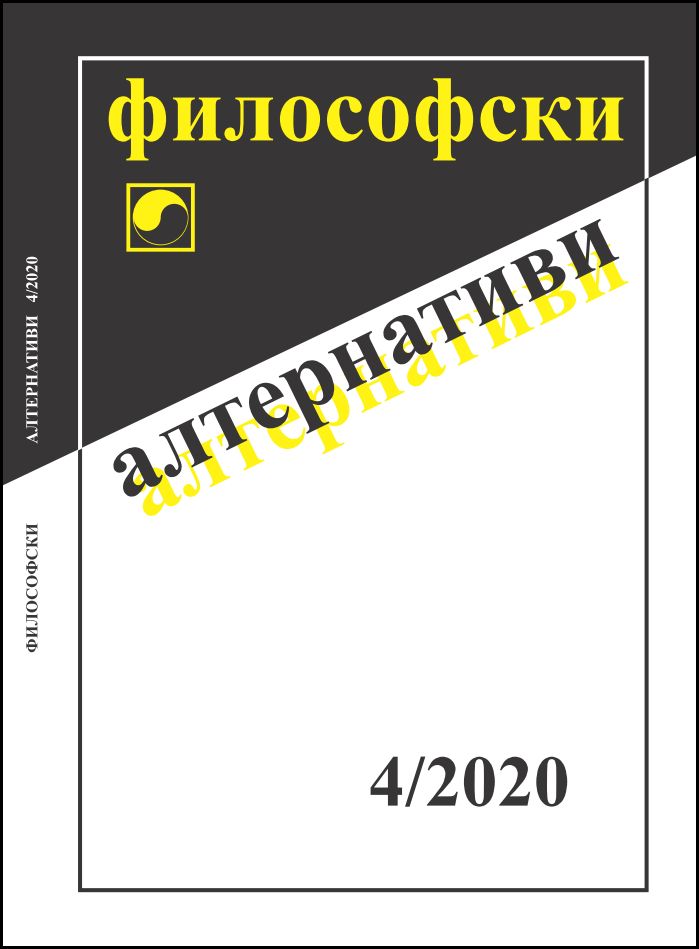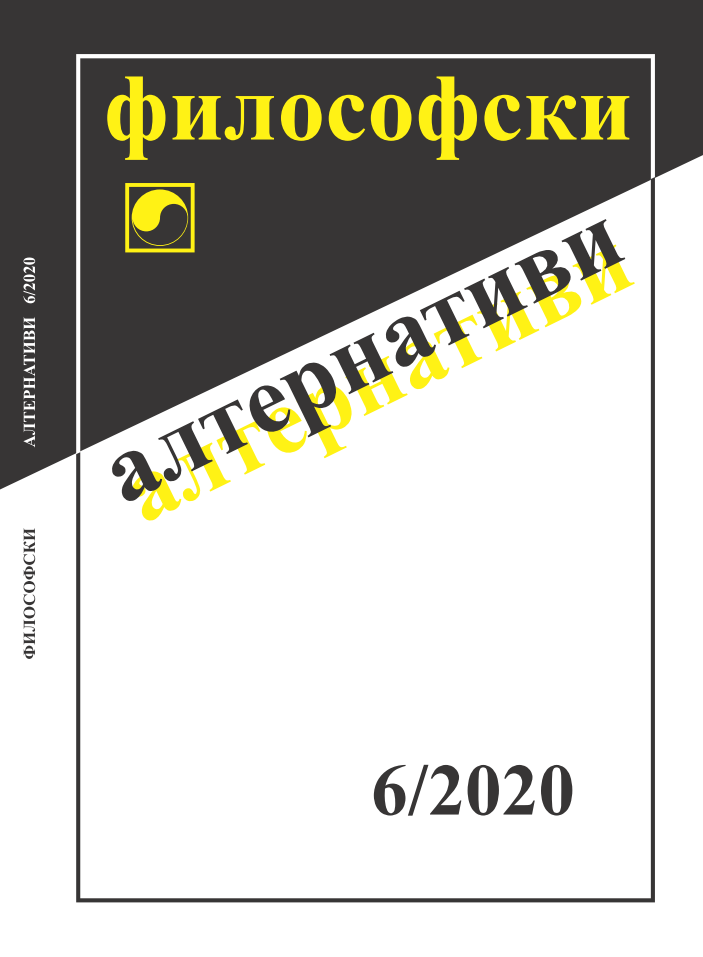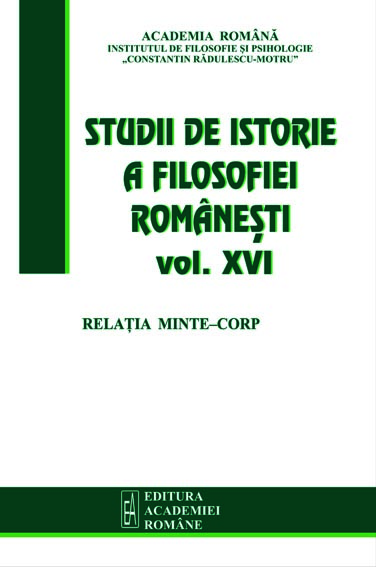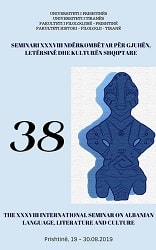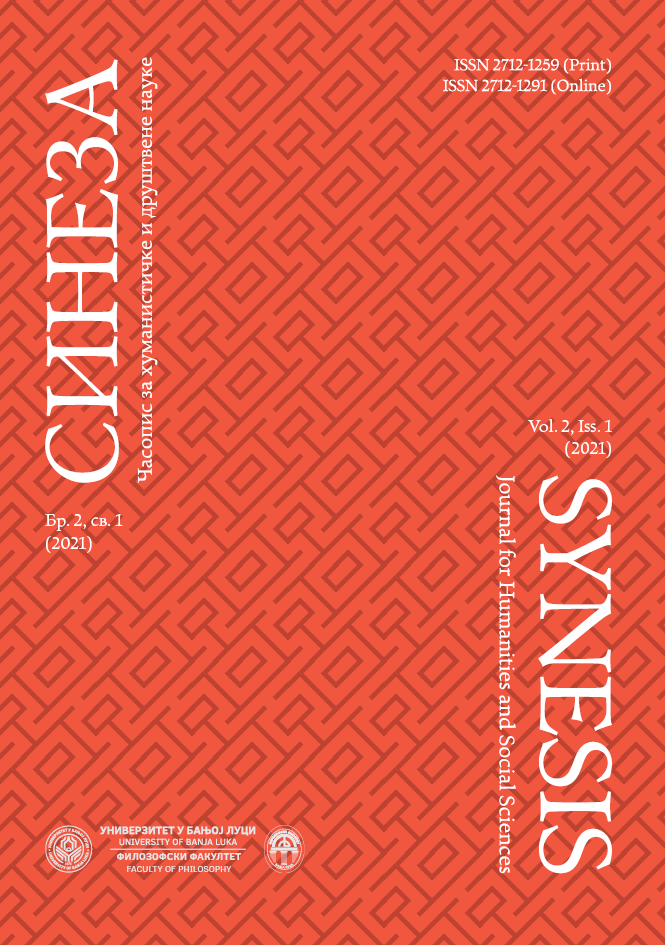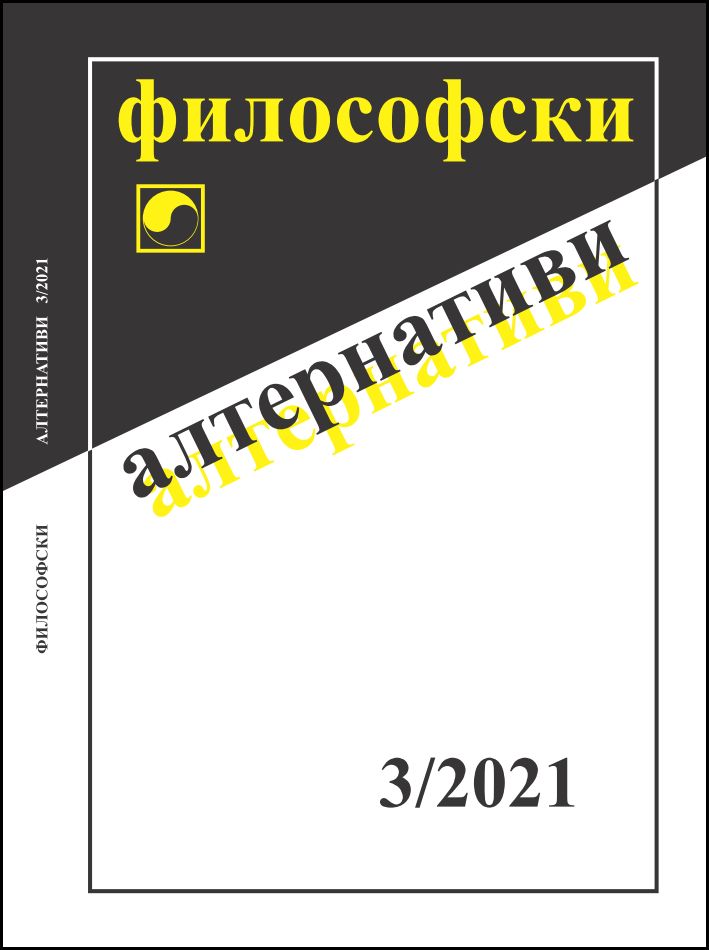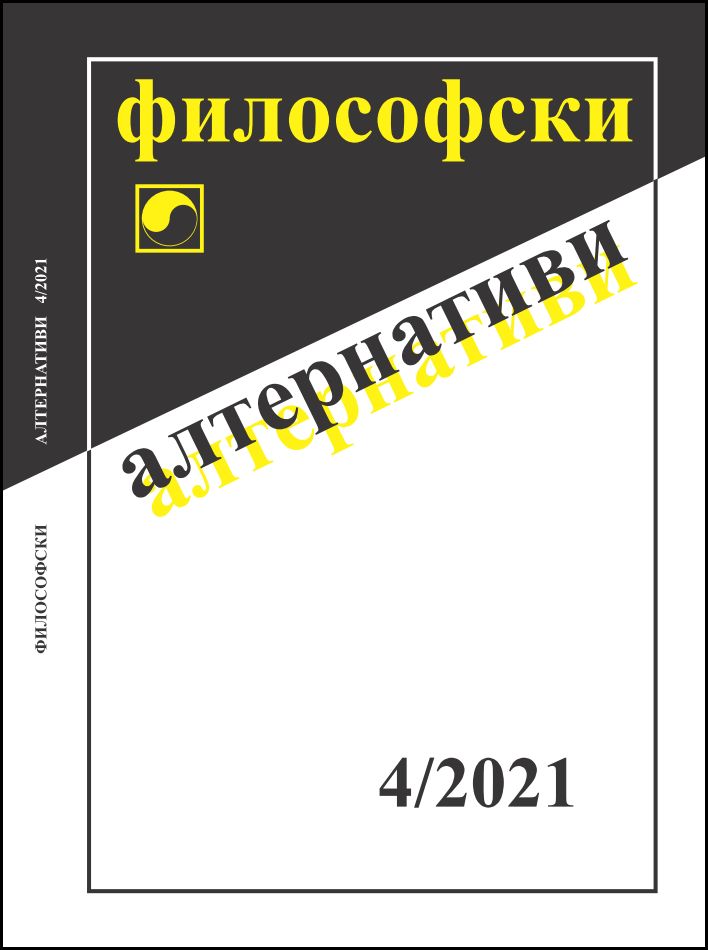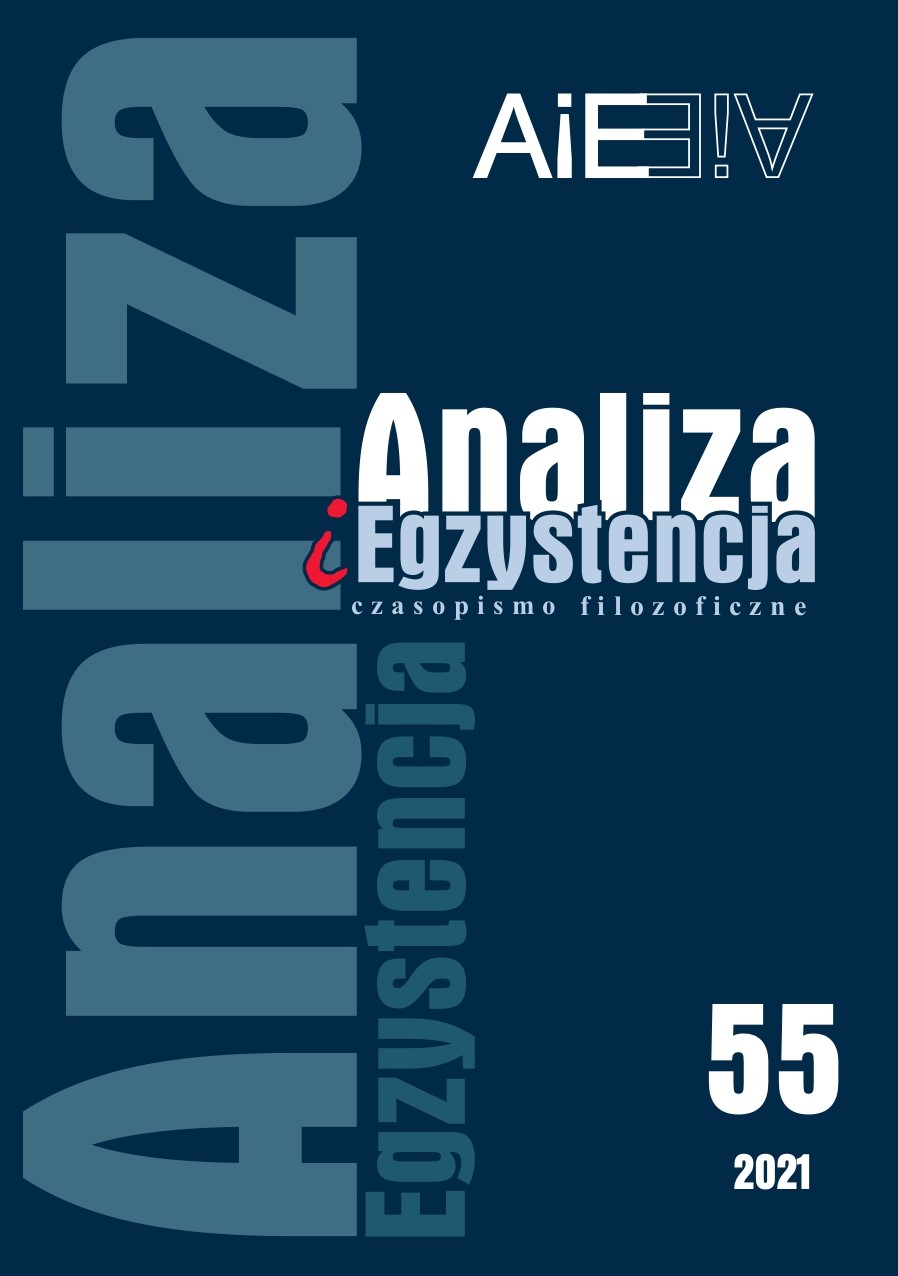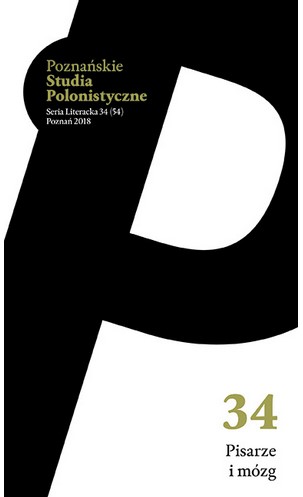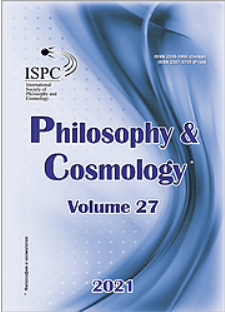Author(s): Eljon Doçe / Language(s): Albanian
Issue: 38.2/2019
The divine saying "Let there be light!”, is transformed by Migjeni into the saying of the Son of Man, who is unable to speak with the language of his Creator, and so this omnipotent command is now reduced into a praying that says "Please, just a little bit of light! ". The missing and required light on a sleepless night is the dream itself. Migjeni seeks with persistence and paradoxically calls for the light help, though the poem that he creates is not a poem for light more than it is for darkness; in this nocturnal poem he desperately wants to "sleep," even though this sleep asks to be fulfilled with "a little light". It is not clear how these two images, "light" and "sleep", can semantically stay together, but in this oxymoronic relation the appearance of the "dream", the only and unexplainable physiological dimension that always unites the oppositions in the world and make possible the impossible, actually solves the paradox of this oxymoronic relation. The dream is the real light, not the physical light composed of photons. It is the inner light, the universal language, that the soul can understand and speak without any obstacle, is the language of God, where the word is, in fact, a deed and where the impossible does not exist. At "A sleepless night" Migjeni seeks the light, the dream, the genesis, where he can recreate his world from scratch, with the power to make it differently. The dream, the only space and the only illusion that brings man closer to God, to the omniscience and omnipotence, remains for him the only consolation, which is not sure if he really achieved.
More...
